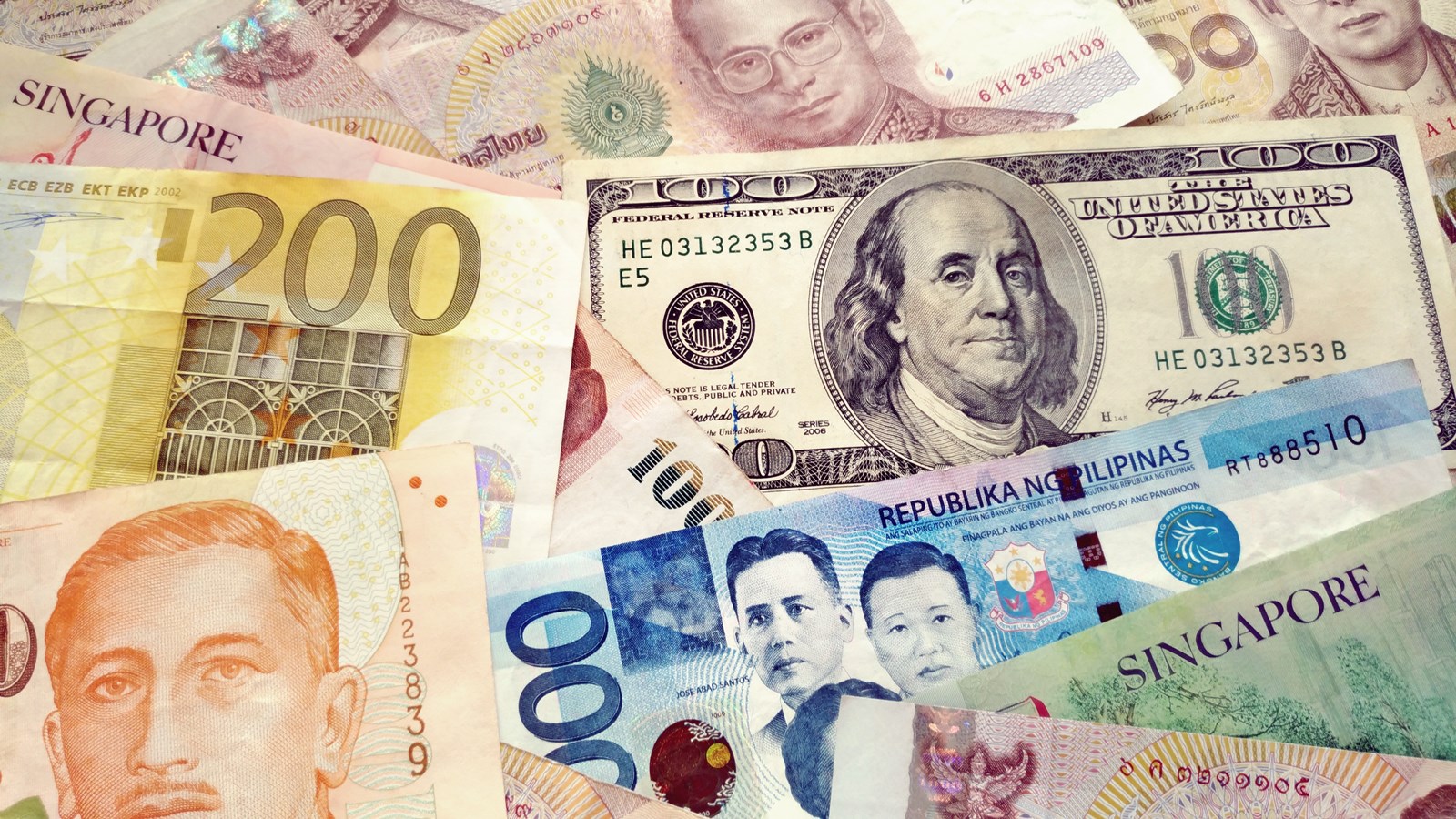Hong Kong now has its first startup unicorn. Gogovan, an Uber for deliveries that started up in 2013, has just hit billion-dollar status after this morning announcing a merger with a Chinese logistics company.
While Gogovan and its new buddy, 58 Suyun, did not reveal the terms of the deal, a Hong Kong newspaper reports the new entity is worth more than US$1 billion. Gogovan founder Steven Lam is the CEO of the new business.
Here’s a potted history of Gogovan’s road to unicorn-dom:
July 2013: Fresh hope
When Steven Lam started Gogovan, he was just 26 and out of UC Berkeley Haas School of Business three years prior.
In an email pitch to Tech in Asia in late 2013, he described the startup as “a mobile application to help Hong Kong people to hire a cargo van for logistic purposes, including moving furniture, goods, and package delivery.”
It later expanded far beyond that remit – both in terms of services and their geographic reach.
The problem Lam wanted to solve was that hiring a van was a pain for consumers, businesses, and actual truck owners, dominated by slow and inefficient middlemen, kind of like taxi dispatch centers. The entrepreneur wanted to make the whole process simpler and quicker, just like how Uber was shaking up city transportation.
By the end of its first year, Gogovan had signed up 4,000 cargo vehicles and their drivers, and was seeing transaction volume double every two weeks
August 2014: Revving up with series A funding
Gogovan soon found itself a formidable rival in the form of Lalamove – or Easyvan, as it was known at the time.
Both startups had pan-Asian ambitions, so the continent was big enough for the both of them.
At this point, Gogovan raised US$6.5 million in its first major investment. It helped with the team’s recent expansion to Singapore, plus its planned move into Taipei, Melbourne, and Sydney.
Now Gogovan had 18,000 vehicles in its network.
November 2014: China challenge
Lam and his team pocketed yet more cash just a few months later – this time US$10 million for its series B.
Photo credit: Gogovan.
The money, from failing Chinese social network Renren, helped the Hong Kongers make a move into the wild, wild east – mainland China.
January 2015: Uber rolls in
In a surprise move, Uber charged into Gogovan’s territory like…
With the launch of UberCargo exclusive to Hong Kong, it seemed Uber wanted a slice of the Lalamove and Gogovan action. Uber’s service, however, used smaller vans, so it was initially unclear if it was aimed at people moving apartments, or intended for the much larger market in business deliveries and logistics that the local startups were tackling.
June 2015: Serious momentum
By now, two years after starting up, Gogovan counted 70,000 vans in its army marauding across six territories: Hong Kong, Singapore, Australia, South Korea, Taiwan, and mainland China.
Undaunted by Uber’s arrival, the startup nabbed “series B-plus” funding worth US$10 million.
May 2016: Alibaba mamma mia!
The team got a huge vote of confidence when Jack Ma’s Alibaba was among the investors in its series C funding.
The amount was not disclosed, but was described as “a decent amount for future business expansion.”
May 2016: Recognition
That same month, Lam was included on Forbes‘ Under 30 hit-list of young entrepreneurs.
“I always tell my team: I’m the bottleneck of the company, because the company is growing much faster than I am,” he said onstage at a Forbes event.
August 2016: Uber waves the white flag
A year and a half after launching UberCargo – which had soon changed its name to UberVan – the American startup shut down its little experiment so as to focus on cars.
January 2017: Rival hits new heights
Alongside Gogovan’s rise, Lalamove was also shifting into top gear. It secured US$30 million with the objective of more than doubling its market presence during the course of 2017.
It aims to be in 100 cities across the continent by the end of the year.
“There are lots of huge cities in China. Up to 150 cities are big enough to sustain the model,” said Lalamove’s Blake Larson.
August 29, 2017: Crouching tiger, hidden unicorn
Aaaaaaaand that brings us back to today. With the merger, Gogovan gets a powerful new mainland China ally at a time when its arch-rival has more cash than ever for expansion. Its merger-mate, 58 Suyun, is the freight unit spun off from Craigslist-style site 58 Daojia.
Gogovan now has 180,000 registered drivers with their vehicles on its network.
This post What you need to know about Hong Kong’s first unicorn appeared first on Tech in Asia.
About the author
Li Zhong is a tech journalist who covers the latest developments in artificial intelligence, robotics, and biotechnology. Li is passionate about exploring the ethical and social implications of emerging technologies.










